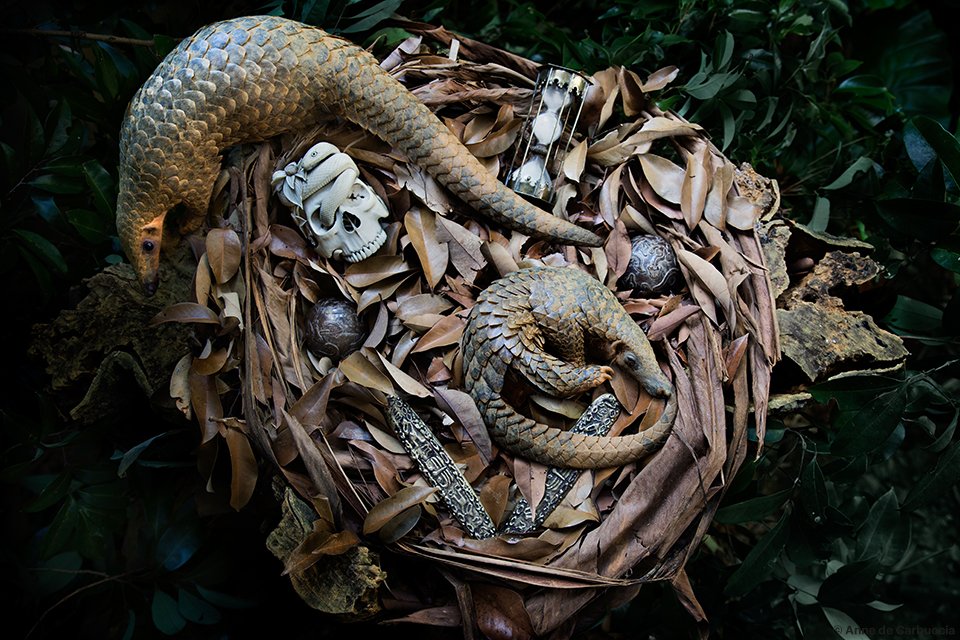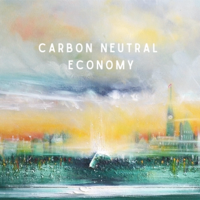“I wish to illuminate the damage, the breakage, the fragmentation. Somehow, if I can make it beautiful, I can make it one again.”
— Anne de Carbuccia
French-American environmental artist, Anne de Carbuccia, travels the far corners of the world. From an Ancient Navajo site in Arizona to the forests along the Mekong River in Laos, she creates and captures static ‘time shrines’ set in lively natural environments. Drawing on the spiritual symbolism of shrines, her work pays homage to one of the earliest forms of human expression. Featuring an hourglass and a skull, she builds these temporary installations in remote yet breathtaking natural settings. To create a permanent record, she then documents them in striking photographs. Inspired by vanitas scenes, a still life genre popular during the early 17th century in the Netherlands, her art is a modern take on this classic painting style. Made up of various objects rich with symbolic meaning, these scenes conveyed the fragility of life, the dangers of vanity, and the fleeting nature of earthly achievements and pleasures. de Carbuccia frames the evolution of our planet and our impact on the environment through this lens.

Pangolin by Anne de Carbuccia. [Photos via Fast Company]
In light of the challenges we are facing due to climate change and the Anthropocene, de Carbuccia’s art is more relevant than ever. According to this Fast Company article, her work is centred on four principal themes: water, endangered species, endangered environments, and endangered cultures. While her photographs capture picturesque scenes of nature, they are about more than just aesthetics. They point out the fleeting nature of their subject and serve as a reminder that time is running out for our planet. However, de Carbuccia asserts that her ‘time shrines’ are not symbols of death, rather they are symbols of choice. Just as vanitas paintings mirror society by conveying the dangers of vanity, her ‘time shrines’ point out that we can choose whether or not to have productive and positive lives.
Her main goal in her practice is to ultimately inspire people to change their behaviours and habits. By drawing attention to the current environmental crisis, her art is a plea for society to re-imagine the future through adaptation and resilience. Her non-profit, One Planet One Future, is an ongoing artistic project that “harnesses the universal language of art to raise awareness and inspire individual action”.
- Log in to post comments



CRC Comments